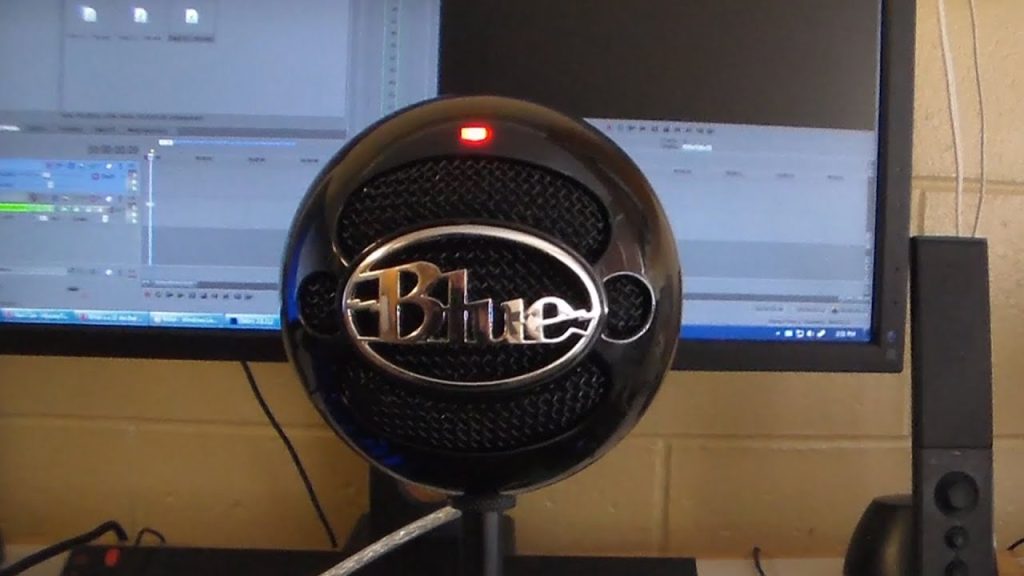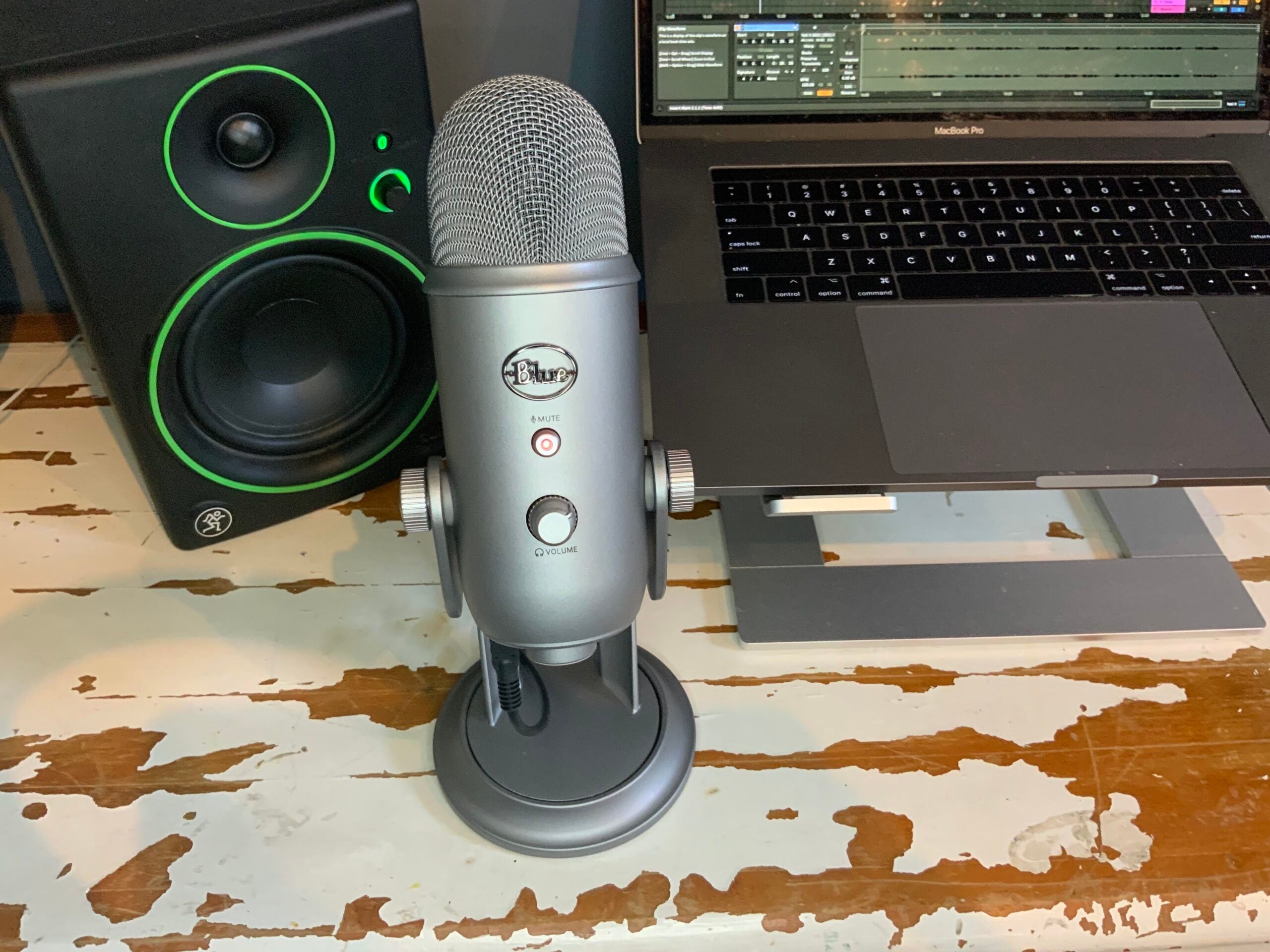Blue mics have cool factor. People decide on a Blue before they know which model they want.
Budding podcasters and musicians often have a tough time choosing between the Blue Yeti and its smaller cousin the Snowball.
It’s a difficult comparison because these mics couldn’t be more different in terms of design. The Yeti is a solid, butt-kicking USB microphone. And the Snowball looks like a prop in an old science fiction flick.
Which one is better for your purposes? Let the games begin.
Recording Settings
First off, both Yeti and Snowball are more flexible than their closet competition from companies like Audio-Technica. This is because they offer a number of recording modes while others merely have a cardioid pattern that accepts sound from up front.
With the Yeti you have four settings you can switch between: stereo, cardioid, omnidirectional and bidirectional.
This opens up a lot of possibilities for recording. You can do everything from recording a one-on-one interview with just one mic or capture all the sounds in the room in 360 degrees. For full descriptions of what each recording mode does, read my Blue Yeti review.
The Snowball has three settings: cardioid, cardioid with a -10db PAD (for recording loud drums or guitars), plus omnidirectional. I describe these in more detail in my Blue Snowball review.
So, in terms of flexibility, the Yeti wins but the Snowball is certainly no slouch.
If you plan on recording your voice head-on, all this is gravy. You might be leaning toward the Snowball if you don’t plan to use your mic for different production applications. Blue mics with fewer recording patterns tend to be less expensive, and this is no exception.

Design and Functionality
Design-wise the Snowball is neat looking and innovative. However, practicality suffers when creating a stream or podcasting on camera. There is a certain degree of awkwardness in speaking into a globe the size of a softball.
Unless you invest in a mic stand, you’ll wish it was positioned higher. The stand it comes with is fairly cheap and it can be difficult to make height adjustments that stay put.
On the plus side, I like reaching for the Snowball for recording guitar cabinets and recording room ambiance. You need a boom stand to do this properly anyway.
The Yeti is absolutely ideal for voice-overs and podcasting from your desk. It might not look as quirky as the Snowball but it is definitely more functional in terms of ergonomics.
It includes a substantial, nice quality desk stand that is highly functional. It’s nice to have physical knobs to tweak right on the mic. However, I wish the knobs weren’t so loose feeling.
Sound Quality
The Snowball is a good-sounding USB microphone with some flaws. Firstly, it can be a challenge to pull the gain up when you have a speaker (or singer) that is very quiet.
Secondly, turning up the gain on the device results in a fair bit of background noise. To be fair software updates have improved the gain limitations but performance is still mediocre.
Yeti sounds similar to Snowball without the excessive noise. Pumping up the gain isn’t a problem with the Yeti. Blue definitely used better electronics and it shows in the details.
The sample rate is 16-bit/48 kHz on both mics. It’s perfect for YouTube videos and streaming, but a low spec for music production. But It would be nice if it could go up to 24-bit recording. You have to step up to the Yeti Pro to get that.

Review Verdict
Overall the Yeti is the better mic for most creators, particularly podcasters.
It has more recording options, is more practical for vocals, voice-overs, etc., and it is better constructed. Most importantly there is less noise when recording. Out of the box it excels as a broadcast-style mic because the included stand rocks.
The Snowball is striking but the design can become a novelty in some applications.
There is no functional reason for it to look like an orb. It’s a cool design for the sake of cool design. The sound is good but not quite at the level of the Yeti due to noise issues. Gain limitations are fine for recording instruments and loud guitar cabinets but not ideal for softer voices. Grab it if you’re not sure if content creation is a long-term vocation for you.


